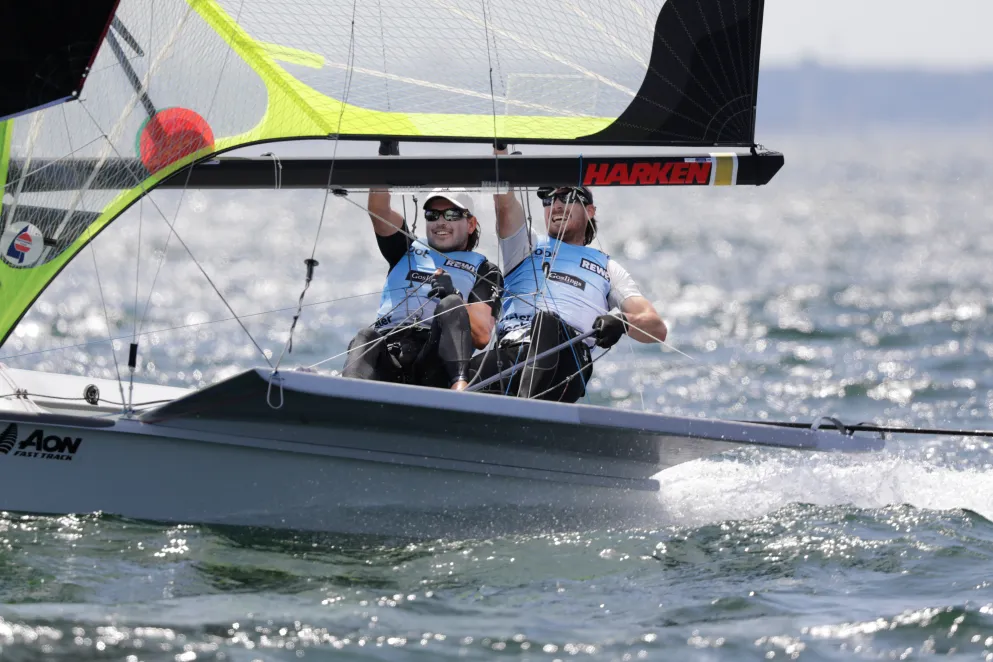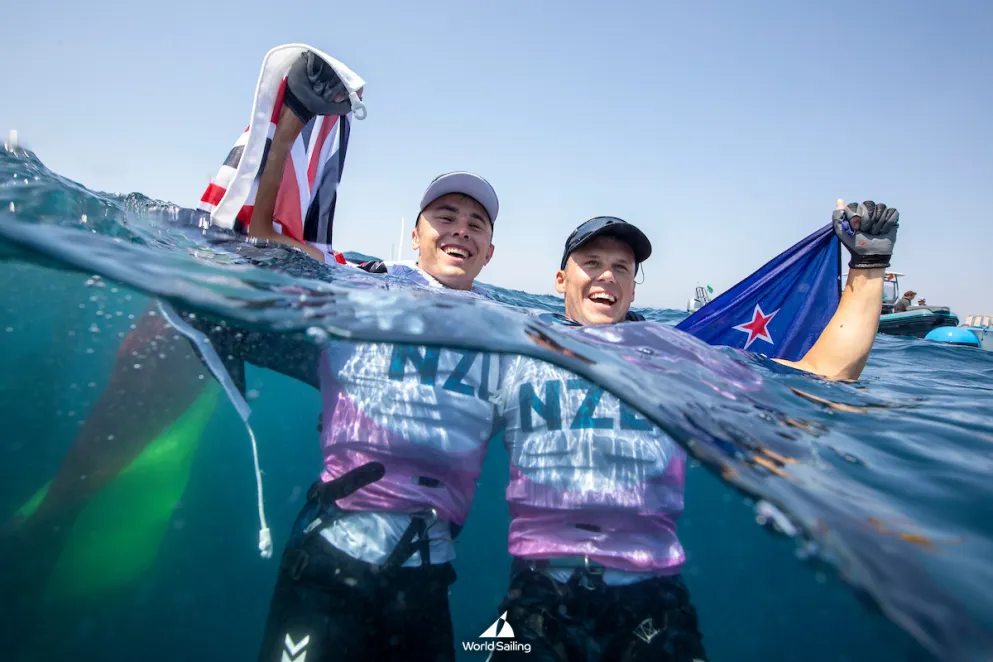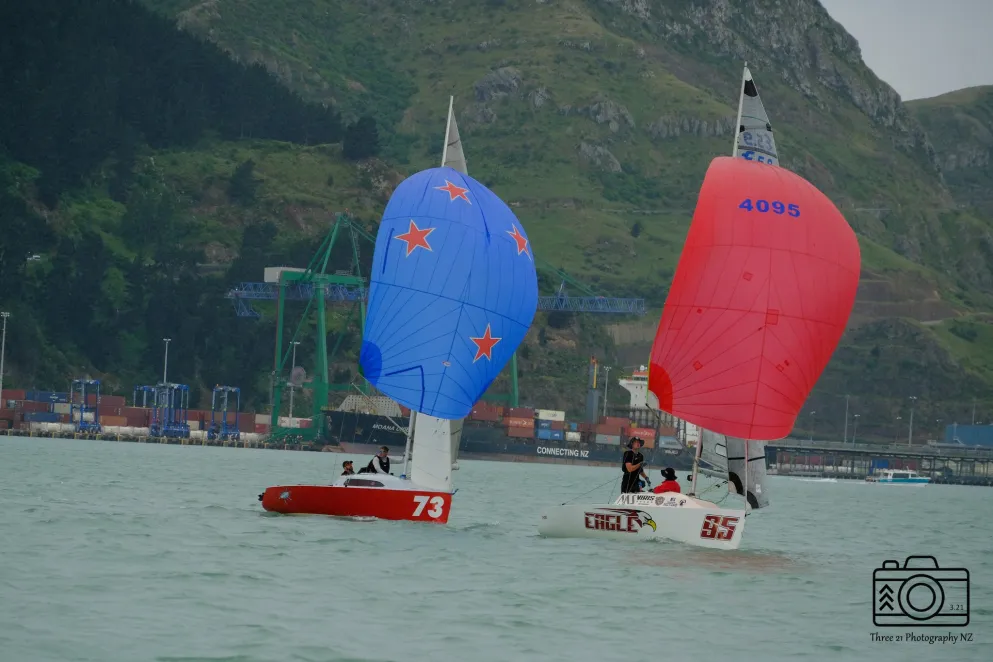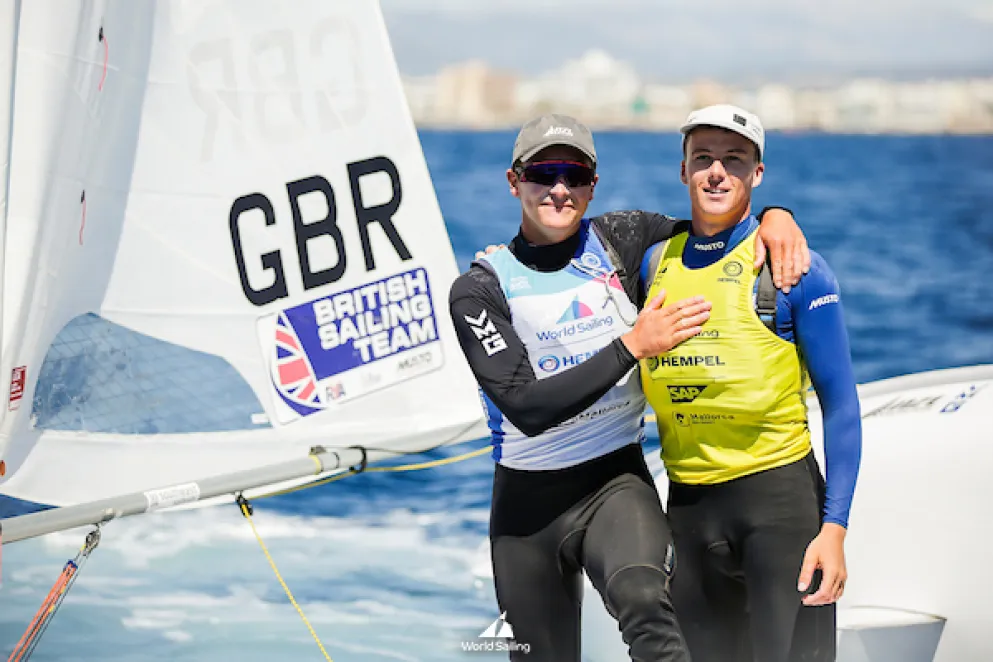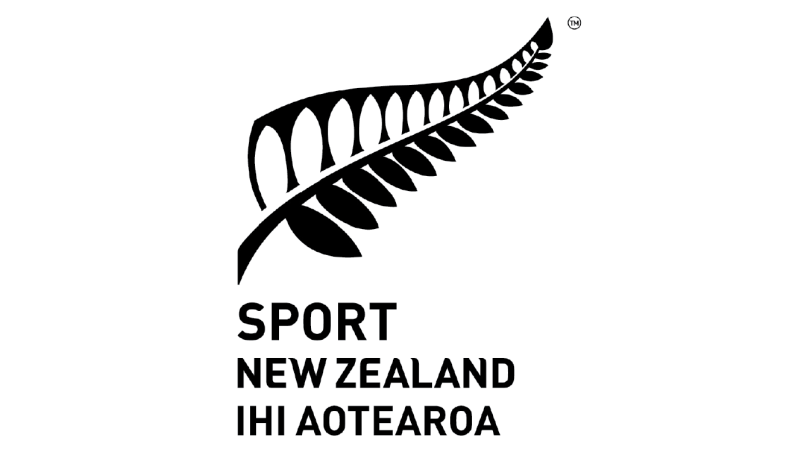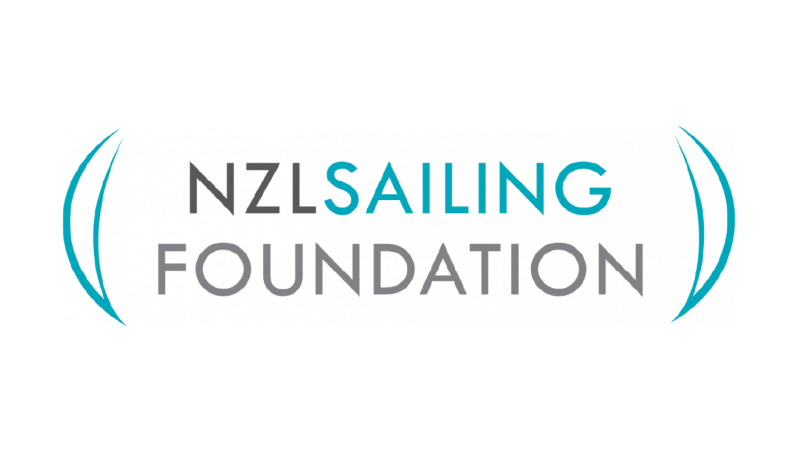ETNZ update - December 8 2012
Hamish Hooper's VIDEOs from this week:
Day 28 on the AC72 - time to push it
A day in the life of sailing coach Joe Allen.
Chris Cameron's picture gallery from Day 28 is here
Trimmer James Dagg’s previous experience in multihulls was a couple of days on a Hobie Cat 16 sailing off a beach north of Auckland.That was three years ago.
He vaguely remembers a multihull regatta back in the mists of time, probably 11 or 12 years ago.Now, along with other members of the Emirates Team New Zealand sailing crew, his multihull experience ranges from A Class single-handed cats and competing on the Extreme 40 circuit and America’s Cup World Series AC45 regattas. Over the next couple of weeks, they’re wrapping up the 2012 AC72 testing and training programme.
“Life,” he says, “is a lot more fun than it used to be. We learn more and more every time we sail the 72.
“Testing the V5 monohulls was very different. We went out looking for a 3 - 4 metre gain in a 3 - 4 minute test. Now we’re looking for gains measured in boat lengths in a 3 - 4 minute test.”
So here’s James Dagg’s take on the progression from the V5 monohulls, through the 40ft Extreme 40 cats, to the AC45 and now the AC72.
He says: “They’re all very different. The Extreme 40 experience was coming to grips with fleet racing 10 to 12 boats in really confined waters. It was like dodgems … so we learned a lot about boat handling, starting and manoeuvring but you don’t learn a lot about the speed side of multihull sailing.
The AC45 regattas are a lot more intense, because there’s more pressure to win. The boats are a little livelier and a lot more high-tech - a wing versus a soft sail, for example.The 45 is a lot more physical than the X40. With a crew of only five and with runners and boards to get up and down the boat is a lot harder to sail around the course.
“The AC72s are a new game again. …that’s when it gets really interesting. The 72s are huge design and development projects - but the sailing team also has to be capable of sailing the boat well. They’re incredibly physical to sail (up several notches on the 45) - as there are only 11 crew. A lot of very hard work is involved to get them round the course.
James Dagg trims the foresails on the 72. In monohull times he was the downwind trimmer and he’s had to make some major adjustments to cope with work aboard the AC72.
“It’s a massive change. Downwind in a V5 boat under a spinnaker the apparent wind was always well behind. On the 72, the apparent wind angle downwind is in the 30’s (degrees) so downwind sails are big jibs rather than traditional spinnakers.
“The wind is always in front no matter what the breeze is doing because the boat’s sailing at high speed and generates its own wind - it drags the wind forward and the breeze comes across the deck from in front of the beam.
Nothing illustrates this better than before the multihulls took over, downwind trimmers looked for puffs astern – now they look ahead.
Speeds, too, are vastly different. The AC monohull, surfing downwind in 25 knots of breeze, would not break 20 knots of boat speed. The 72, in 20 knots, of wind, reaches speeds in the high 30’s to early 40s.
Historical note:
Dean Barker and crew sailed in the last Extreme 40 regatta of 2010, their first multihull event. Up against teams seasoned by the intensely competitive series they did not do well. As Barker described it at the time: “We were stone-cold last.”
James Dagg remembers a better 2011: “We were fourth in the first regatta of the season followed by scored a couple of seconds and then won the regatta at Boston.”
“We (Glenn Ashby, Barker, Jeremy Lomas) didn’t do all of the events. Some other team members raced in some of them that year because X40 events clashed with some AC45 regattas.”
The original crew was back for the last event of the 2011 season and was placed second.
